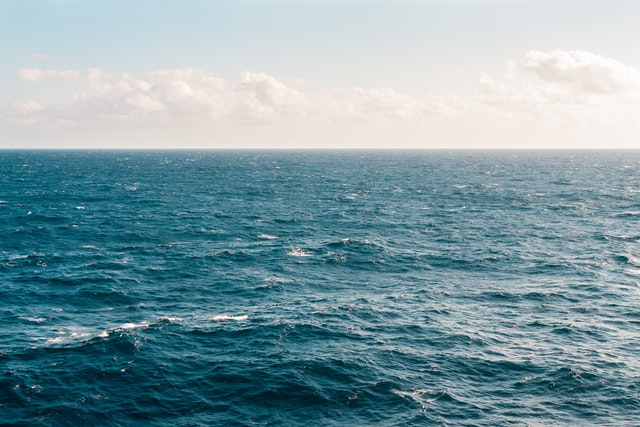Seawater filtration achievements with Hectron automatic filters

Seawater filtration achievements with Hectron automatic filters
When seawater is used for any industrial process, it must always be filtered to preserve the equipment over time. This filtration cannot be done simply with normal filters, but rather with specific solutions for the marine environment. Hectron offers a range of automatic filters that are economical, low-maintenance and long-lasting.
Which Hectron filters can be used for seawater filtration?
There are two categories of products that are marketed by Hectron and can be used for seawater filtration: the automatic filters of the AG range (and more rarely those of the AS range) and the Alfa hydrocyclones
AG automatic filters
AG automatic filters are known for their many advantages:
- Long service life
- Automated operation without human intervention
- No replacement of consumables
- Low filtration thresholds to remove small particles
Hectron’s AG filter models offer a wide range of filtration options as the low threshold is 0.5-1 microns and the high threshold can be set at 500 microns.
They are all manufactured with a stainless steel casing which offers a resistance to 5 bars of pressure on all models in the range. However, the maximum permissible flow rate remains variable depending on the model:
- AG 100: 8 m³/h.
- AG 200: 45 m³/h.
- AG 300: 120 m³/h.
- AG 400: 340 m³/h.
Finally, the dimensions and shapes of the inlets and outlets of the different models also have variable characteristics; namely:
AG 100: 1″ female thread
AG 200: 2″ female thread, 3″ male thread and DN80 flanges
AG 300: 3″ male thread and DN100 and DN150 flanges
AG 400: DN100, DN150, DN200 and DN250 flanges
Seawater filtration with Hectron AG filters
This type of Hectron automatic filters can be found in many seawater installations, but the following examples are particularly noteworthy:
The Marinove marine hatchery at L’Epine in the Vendée, where the water taken from the sea is filtered using an AG200 filter made of 316 L with a filtration threshold of 6 microns. This water is used to feed aquaculture ponds and has a variable flow rate of 3 to 10 m³/h.
Another remarkable example is found in Dordrecht, the Netherlands, at Drema Waterbehandeling where seawater filtration for the protection of osmosis plants is carried out with two AG200 316 L C filters with a filtration threshold of 1 micron.
An example of seawater filtration with Hectron AS filters
Other models of automatic filters can also be used for seawater filtration: these are the AS models. They are mainly intended for low pressure situations, but are comparable in many ways to the AG models.
A good example of their use for seawater filtration can be found in Le Havre in the Seine-Maritime region, where for the Palais des Congrès the protection of plate heat exchangers is ensured by 2 AS400 316 L C filters that provide 500 micron filtration.
Alfa hydrocyclones
The principle of the hydrocyclone is that the separation of particles heavier than water is achieved by centrifugal force. The advantage of this type of device is that it is used upstream of a filter to remove all the large particles, has no moving parts and is therefore maintenance-free.
The fluid entering the hydrocyclone creates a centrifugal force and thus a flow vortex. Suspended particles that have a higher density than the liquid medium are then separated. This suspended matter will then accumulate at the bottom of the device and flow into a tank provided for this purpose.
Alfa hydrocyclones are made of moulded polyamide, are economical and do not rust. They have a maximum flow rate of 18 m³/h and a pressure of 5 bar. The filtration offered by these hydrocyclones is very effective for suspended solids larger than 100 µm.
For seawater filtration, the Alfa hydrocyclone models are equipped with 316 L stainless steel screws and parts and have 1″ threaded and 2″ threaded inlets and outlets.

